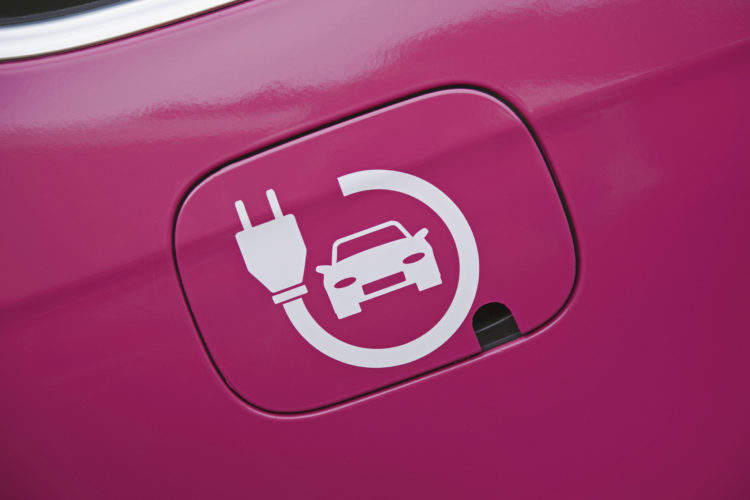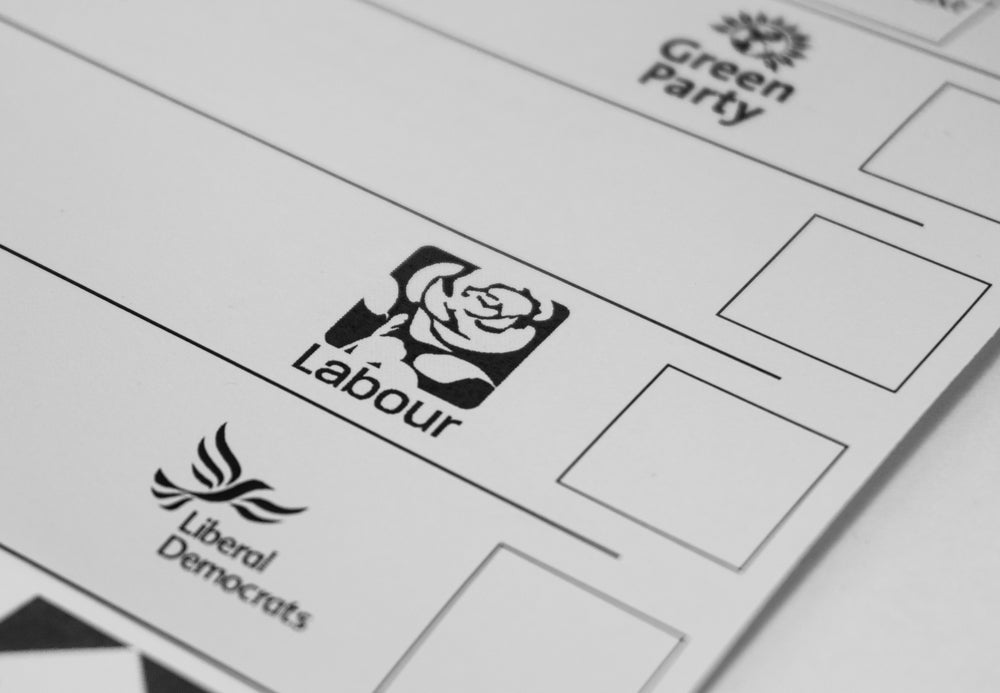
Show cars and styling exercises were never about what lay under the bonnet – sometimes there was nothing under the bonnet at all, writes NACFB’s Graham Toy
For commercial finance brokers, predicting the future is less about the styling of headlamps, and more about the bits that make the vehicle go. And change is happening very quickly.
Maserati has joined the growing numbers of car makers who are nailing their colours to the electricity mast. These commitments from manufacturers – not just Maserati, of course, but the big Japanese names, BMW and Volvo – are bound to set off a chain reaction of technological developments.
For a long time to come, the biggest problem facing the buyer of a new vehicle will be obsolescence, and it seems certain that the value of petrol and diesel-powered vehicles is about to decline faster than we are used to.
Petrol stations as they are currently designed, are used to servicing four, five or six vehicles at once, each for five minutes or less – a throughput of 60 vehicles per hour. Assuming a full charge takes half an hour, that same station is going to need 30 charging points in the space now given to six pumps.
It is an even bigger problem than that sounds, because current electric cars are likely to need filling up more regularly than petrol or diesel models. One car’s long-range battery offers 310 miles if driven very gently, and that is the kind of driving that could take you more than 500 miles in a modern diesel. Assume a three-to-five ratio across the board, and you find yourself needing to fit no fewer than 50 vehicles at a time into a single filling station. How are we going to do that?
How well do you really know your competitors?
Access the most comprehensive Company Profiles on the market, powered by GlobalData. Save hours of research. Gain competitive edge.

Thank you!
Your download email will arrive shortly
Not ready to buy yet? Download a free sample
We are confident about the unique quality of our Company Profiles. However, we want you to make the most beneficial decision for your business, so we offer a free sample that you can download by submitting the below form
By GlobalDataWhatever answer technology provides, the fact is that we are already seeing a race between providers, and that race will be run in tandem with technological developments made by car manufacturers. The result of any such race is accelerated obsolescence.
I have mentioned how and why we can expect current electric vehicles to suffer strong depreciation, but there is also the risk of oversupply as more large manufacturers join the party. Matching supply to demand will be key if fleet managers are not to end up with a parking lot full of zero-value metal. For some fleets, that is looking unavoidable because we simply do not know which horse to back in this race, and a fleet of mixed technology solutions is a medium-term servicing headache and a long-term depreciation migraine.
The early signs are that non-swappable fast-charging solutions are the way forward, but one thing we can learn from film and digital cameras about 15 years ago is how an established technology can be blown clean out of the water if a newer – and cheaper for the consumer – system comes to the market.
The government made headlines with its promise to stop the sale of any new fossil-fuel cars in 2040, but it has not made any front pages with predictions of what the next generation of filling stations is going to look like – or how long we might spend on the forecourts.







